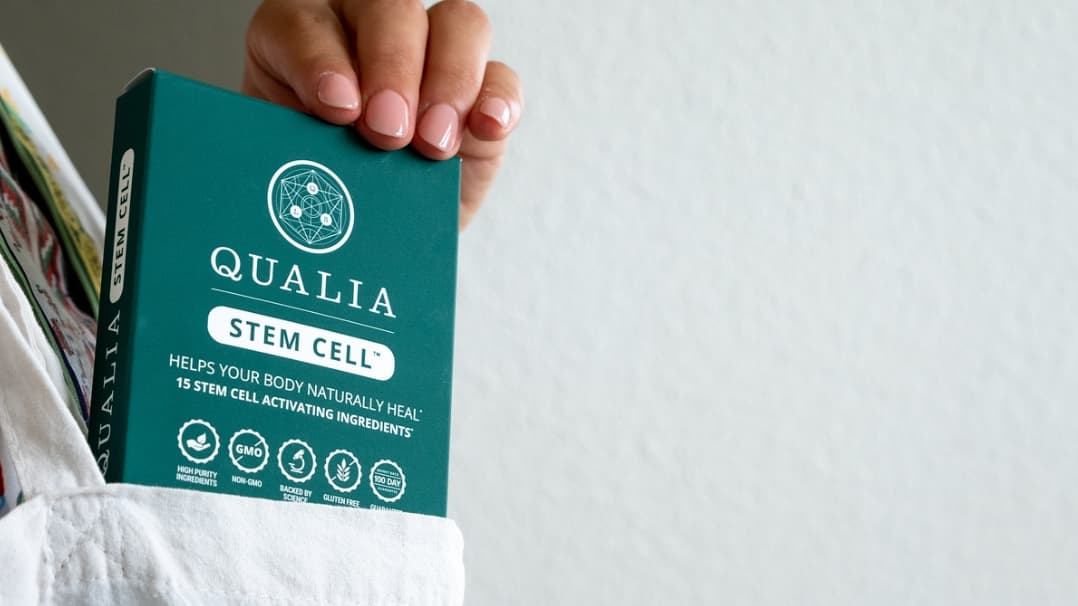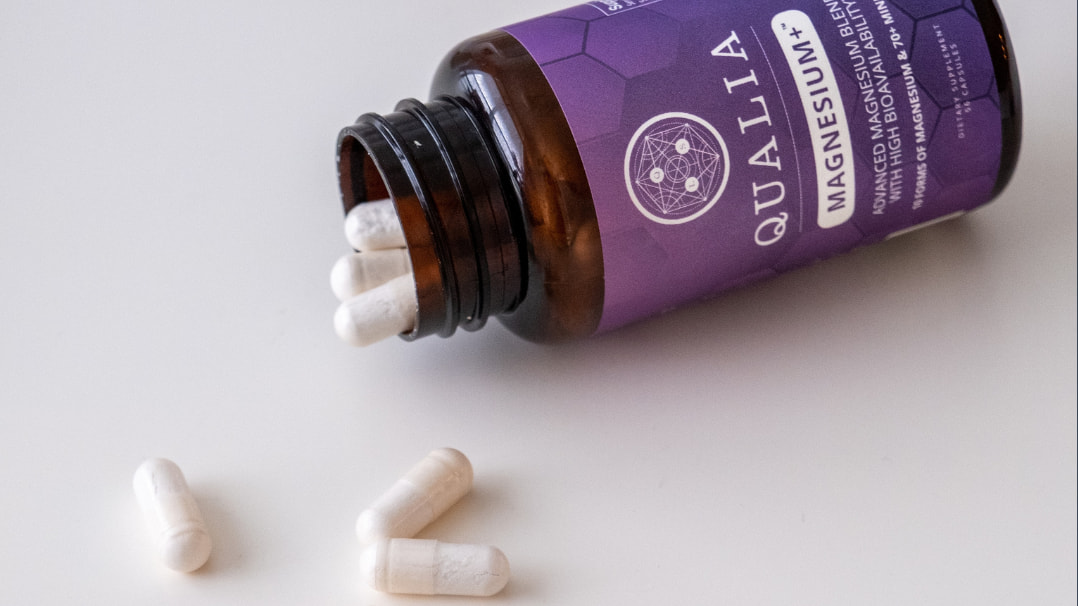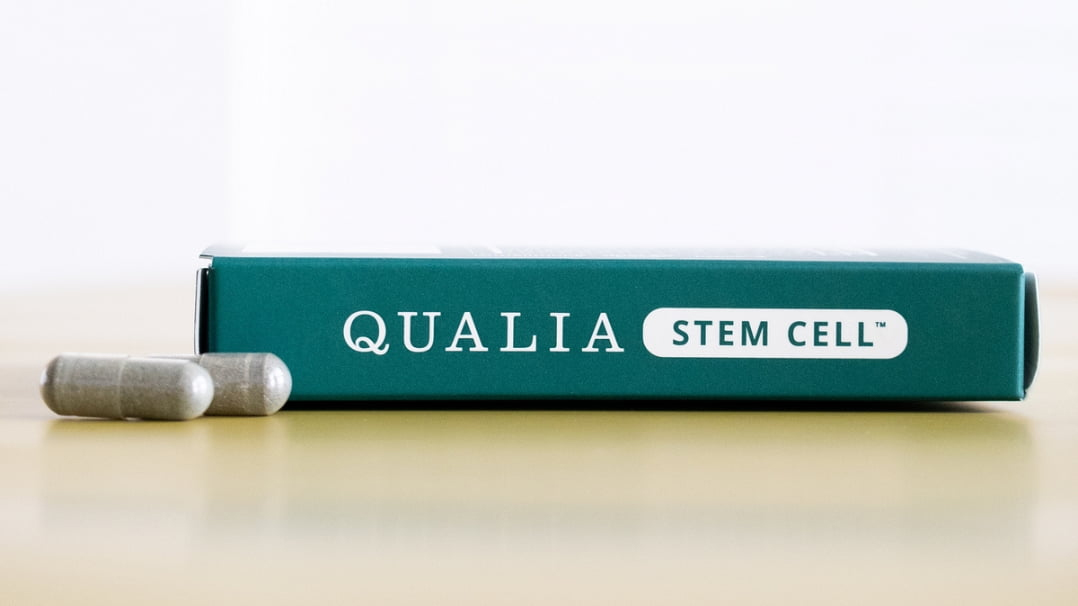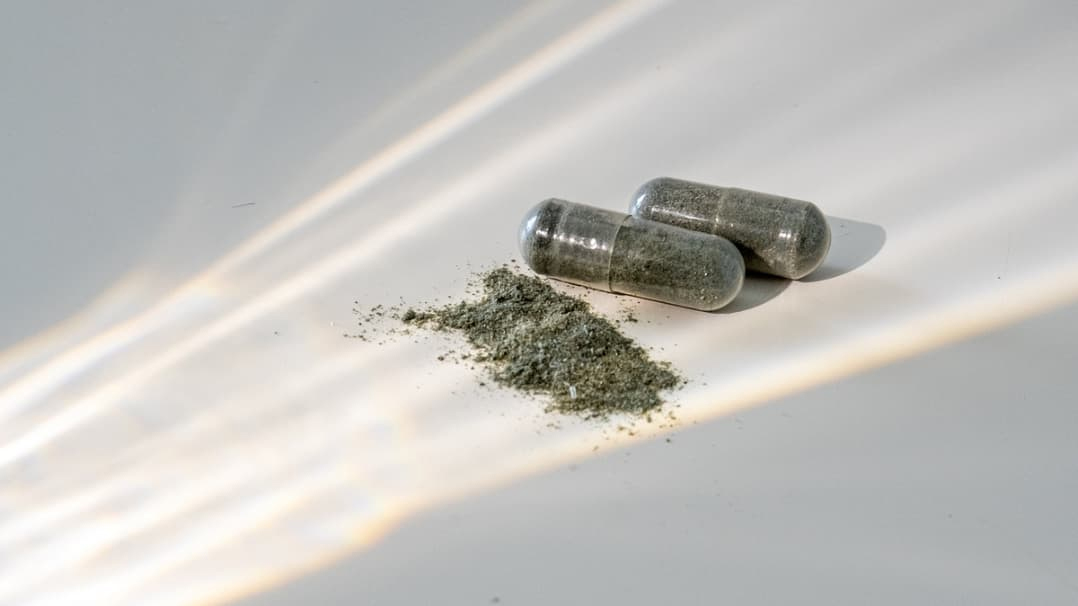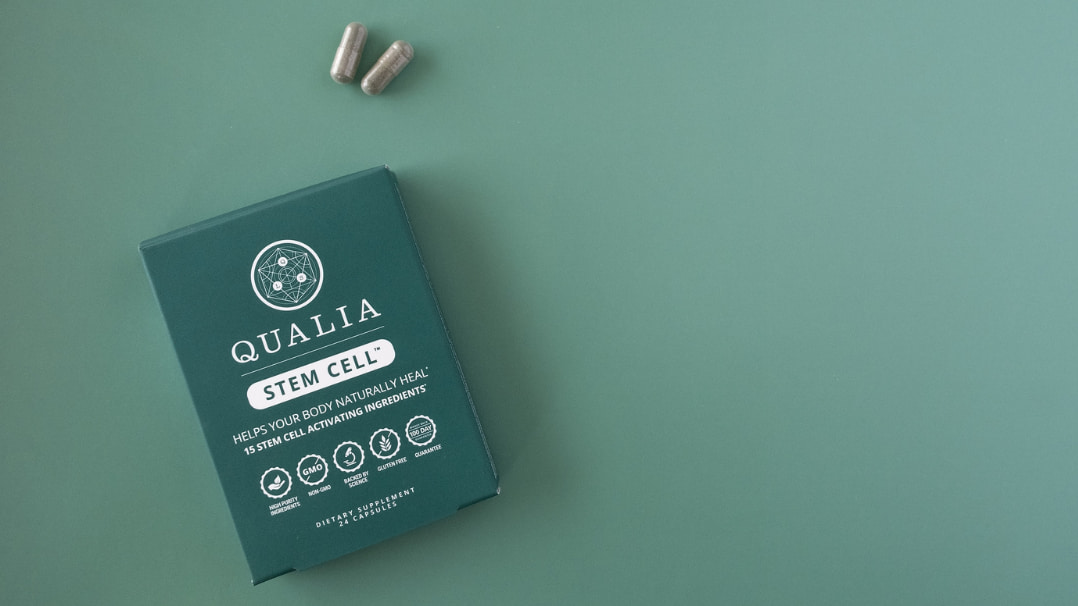Inositol

Inositol is a family of nine different stereoisomers. This is a chemistry term. It means that all inositols share the same atoms and the sequence of how the atoms are bonded together but differ in the three-dimensional orientation of their atoms in space. An analogy would be a folding beach chair that can be put in multiple positions. The most stable form of inositol in the body is called myo-inositol. It’s also the most abundant form. The most commonly supplemented form of inositol is myo-inositol (myo-inositol is a synonym for inositol in dietary supplements). Historically, inositol was considered part of the B-complex of vitamins (it was called vitamin B8), but because we can make it in the body, it’s no longer classified as a vitamin. While lots of foods contain inositol, its bioavailability in plant foods such as seeds, beans, and grains is low. In the body, inositol is found in cell membrane phospholipids, plasma lipoproteins, and (as the phosphate form) in the cell nucleus (the home of our DNA).*
TOP BENEFITS OF INOSITOL
Supports healthy hormone functions *
Supports brain health *
QUALIA’S INOSITOL SOURCING
Inositol is a non-GMO, gluten-free, and vegan ingredient.
INOSITOL FORMULATING PRINCIPLES AND RATIONALE
There is no recommended daily allowance for inositol. Dietary intake has been estimated as being between about 200 mg to 600 mg [1]. Inositol is generally considered to be dose-dependent (see Qualia Dosing Principles) and can be supplemented in amounts as high as several grams. For general cellular signaling purposes and brain health support, we may use a low amount to support dietary intake.*
INOSITOL KEY MECHANISMS
Supports healthy cardiometabolic function*
Helps maintain healthy blood pressure* [2,3]
Helps maintain healthy blood triglycerides and cholesterol levels* [2–5]
Supports healthy body weight maintenance* [2,6]
Supports healthy thyroid function*
Inositol derivatives are second messengers in the TSH signaling pathway* [7]
Supports healthy thyroid-stimulating hormone (TSH) levels* [8–10]
Supports healthy cellular thyroid function* [8–10]
Supports female reproductive health*
Inositol derivatives are second messengers in the FSH signaling pathway* [11]
Supports healthy oocyte maturation* [12–15]
Supports healthy ovary function* [5,16–18]
Supports healthy gut microbiota*
Supports a balanced composition of the gut microbiome* [19]
Complementary ingredients*
Selenium in supporting healthy thyroid function* [8]
Resveratrol in supporting healthy metabolic profile* [20]
Choline and inositol are often supplemented together because they support chemical messengers that help keep the brain and central nervous system healthy*
*These statements have not been evaluated by the Food and Drug Administration. This product is not intended to diagnose, treat, cure, or prevent any disease.
REFERENCES
[1]A. Bevilacqua, M. Bizzarri, Int. J. Endocrinol. 2018 (2018) 1968450.
[2]A. Santamaria, D. Giordano, F. Corrado, B. Pintaudi, M.L. Interdonato, G.D. Vieste, A.D. Benedetto, R. D’Anna, Climacteric 15 (2012) 490–495.
[3]D. Giordano, F. Corrado, A. Santamaria, S. Quattrone, B. Pintaudi, A. Di Benedetto, R. D’Anna, Menopause 18 (2011) 102–104.
[4]M. Minozzi, M. Nordio, R. Pajalich, Eur. Rev. Med. Pharmacol. Sci. 17 (2013) 537–540.
[5]J.E. Nestler, D.J. Jakubowicz, P. Reamer, R.D. Gunn, G. Allan, N. Engl. J. Med. 340 (1999) 1314–1320.
[6]L. Pkhaladze, L. Barbakadze, N. Kvashilava, Int. J. Endocrinol. 2016 (2016) 1473612.
[7]S. Benvenga, A. Antonelli, Rev. Endocr. Metab. Disord. 17 (2016) 471–484.
[8]M. Nordio, S. Basciani, Eur. Rev. Med. Pharmacol. Sci. 22 (2018) 2153–2159.
[9]S.M. Ferrari, P. Fallahi, F. Di Bari, R. Vita, S. Benvenga, A. Antonelli, Eur. Rev. Med. Pharmacol. Sci. 21 (2017) 36–42.
[10]M. Nordio, S. Basciani, Int. J. Endocrinol. 2017 (2017) 2549491.
[11]P. Gloaguen, P. Crépieux, D. Heitzler, A. Poupon, E. Reiter, Front. Endocrinol. 2 (2011) 45.
[12]L. Ciotta, M. Stracquadanio, I. Pagano, A. Carbonaro, M. Palumbo, F. Gulino, Eur. Rev. Med. Pharmacol. Sci. 15 (2011) 509–514.
[13]T.T.Y. Chiu, M.S. Rogers, C. Briton-Jones, C. Haines, Hum. Reprod. 18 (2003) 408–416.
[14]T.T.Y. Chiu, M.S. Rogers, E.L.K. Law, C.M. Briton-Jones, L.P. Cheung, C.J. Haines, Hum. Reprod. 17 (2002) 1591–1596.
[15]S.G. Vitale, P. Rossetti, F. Corrado, A.M.C. Rapisarda, S. La Vignera, R.A. Condorelli, G. Valenti, F. Sapia, A.S. Laganà, M. Buscema, Int. J. Endocrinol. 2016 (2016) 4987436.
[16]E. Benelli, S. Del Ghianda, C. Di Cosmo, M. Tonacchera, Int. J. Endocrinol. 2016 (2016) 3204083.
[17]S. Gerli, M. Mignosa, G.C. Di Renzo, Eur. Rev. Med. Pharmacol. Sci. 7 (2003) 151–159.
[18]M. Nordio, E. Proietti, Eur. Rev. Med. Pharmacol. Sci. 16 (2012) 575–581.
[19]Y. Okazaki, A. Sekita, T. Katayama, Biomed Rep 8 (2018) 466–474.
[20]A. Malvasi, I. Kosmas, O.A. Mynbaev, R. Sparic, S. Gustapane, M. Guido, A. Tinelli, Clin. Ter. 168 (2017) e240–e247.

